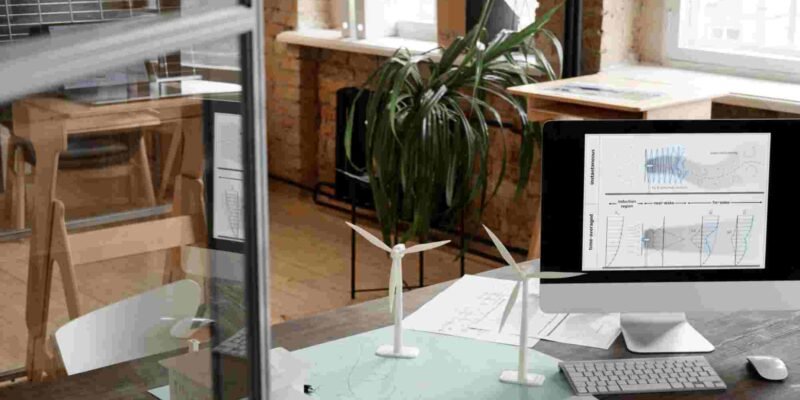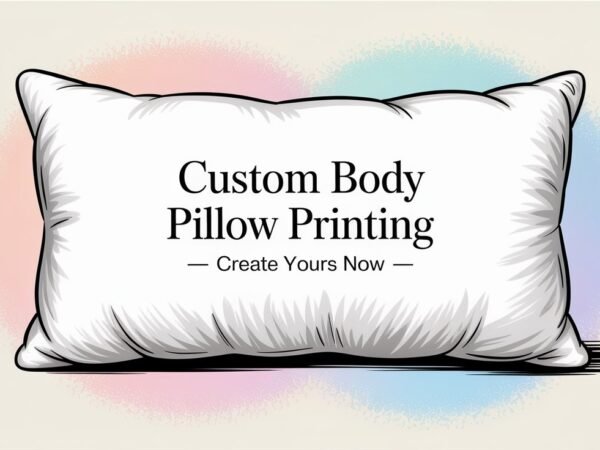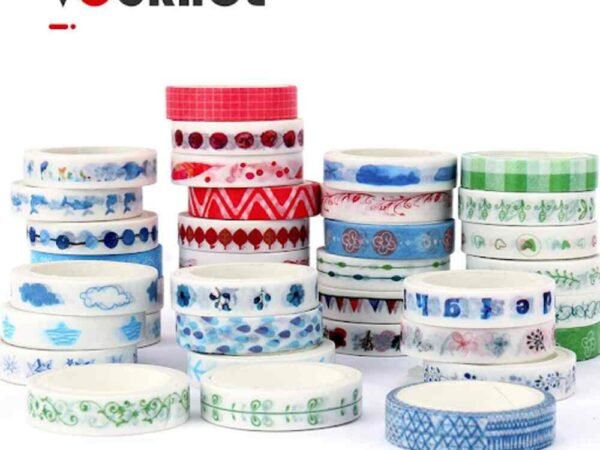Modern office design embraces dual priorities: creating visually appealing environments that enhance productivity through thoughtful layout and ergonomic support. This harmony between form and function transforms ordinary spaces into inspiring settings for daily work.
Table of Contents
ToggleWorkflow Patterns
Professional spaces require careful consideration of workflow patterns. Strategic placement of work areas, collaborative zones, and quiet spaces creates natural movement through the environment while maintaining visual appeal and efficiency.
Material Selection
Material selection bridges durability and design elements. Quality components that withstand daily use while maintaining their appearance contribute to both workspace longevity and professional atmosphere.
Lighting
Lighting transforms work environments dramatically. Proper illumination reduces eye strain while creating appropriate atmospheres for different tasks, enhancing functionality and aesthetic appeal.
Color Psychology
Color psychology influences both mood and productivity. Thoughtful palettes energize spaces while maintaining professional sophistication, creating environments that support focus while pleasing the eye.
Storage Solutions
Storage solutions combine organization with visual harmony. Contemporary options maintain order while contributing to overall design schemes, eliminating cluttered appearances without sacrificing functionality.
Flexibility
Flexibility adapts to changing business needs. Modular components allow space reconfiguration while maintaining design coherence, ensuring workspaces remain functional and attractive as requirements evolve.
Acoustic Considerations
Acoustic considerations affect both comfort and style. Sound management through design elements helps maintain focus while contributing to visual interest, creating more pleasant work environments.
Technology Integration
Technology integration requires subtle planning. Cable management and power access points maintain clean aesthetics while supporting necessary equipment, preserving function and appearance.
Collaborative Areas
Collaborative areas balance social needs with work requirements. Well-designed meeting spaces encourage interaction while maintaining a professional atmosphere, supporting teamwork and individual tasks.
Employee Comfort
Employee comfort enhances productivity substantially. Ergonomic support and appealing design create spaces where people enjoy working, leading to better performance and satisfaction.
Natural Elements
Natural elements add life to professional settings. Strategic placement of plants and natural materials creates connections to outdoor environments while maintaining workplace functionality.
Investment in Thoughtful Design
Investment in thoughtful design typically yields returns through improved efficiency and employee retention. Creating environments people enjoy working in while supporting their tasks effectively enhances overall business success.
Maintenance Considerations
Maintenance considerations affect long-term aesthetics. Choosing materials and finishes that retain their appearance while withstanding regular use helps preserve both function and style.
Conclusion
Professional spaces succeed when they seamlessly blend practical needs with inspiring design elements, creating environments that support work requirements and human comfort. Looking at recently completed projects reveals how effectively such designs elevate workplace dynamics.
Do Read: The Unsung Heroes of Fitness: Supporting Your Active Lifestyle













